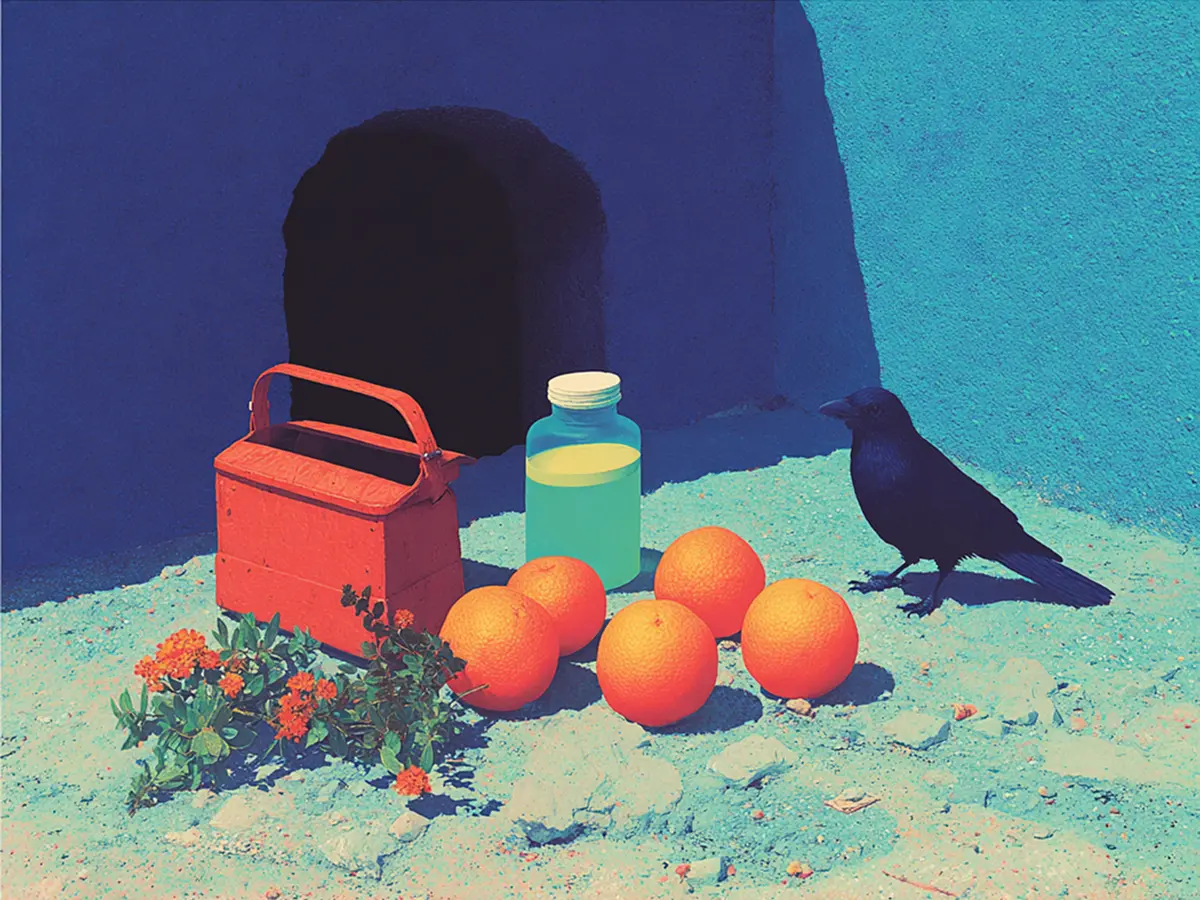That excellent product doesn't just appear by chance; it has been carefully developed to work smoothly.
Behind every great product is a Product Designer who intersects user needs with business goals.
As the global Product Design and Development services market is projected to reach USD 32.93 billion by 2030, this strategic role is vital to success.
Let's pull back the curtain on what Product Designers do!
What is Product Design?
Product Design oversees the journey of a market-ready solution, from conception and development to launch.
It bridges user needs with business aspirations for design decisions that deliver value.
This strategic discipline defines the architecture behind the experience, shaping user interactions, flows and logic.
Designers must step into users' shoes to understand them and then translate those insights into meaningful solutions.
With a user-centered approach, designers translate user insights into meaningful solutions that resonate with users.
What are the Roles of a Product Designer?
Product Designers are advocates for the user, strategists for the business and collaborators for engineering teams.
As they aren't limited to design, they enable cross-stage collaboration, ensuring cohesive workflows.
Within Product Development, Product Designers define roadmaps, wireframes and prototypes with Product Managers.
This allows Product Designers to ensure technical feasibility and solve the right problem for the right users.
Designers also mitigate risk by testing concepts early and often, guiding flows and preventing costly development cycles for features that might not work.
Designers dive into user research, build user journey maps, create user personas and define the Information Architecture (IA).
To understand customer behavior, they also work in interaction design to define how users engage with different User Interfaces (UI).
Product Designer vs UX/UI Designer
Although the terms are frequently used as if they mean the same thing, they have different scopes.
A UX/UI Designer focuses on interactions and builds intuitive interfaces to improve experiences.
These designers ensure easy-to-use products, without necessarily considering impact, feasibility or product strategy.
User Experience Designers ask, "Is this product usable?" while User Interface Designers ask, "Is this product appealing?".
A Product Designer, conversely, tends to be business-oriented and involved throughout the design process.
The scope is extended to consider branding, market fit, engineering constraints and even monetization strategies.
This awareness enables joint work with designers, researchers and business teams to ensure solutions that meet both company and user goals.
Product Designers ask, "Does this product solve the right problem and meet our business goals?" to ensure you're building the right product.
Choosing between these two roles depends on what you need.
UX/UI Designers are great for designing and testing products' Information Architecture, wireframes and mockups.
On the other hand, Product Designers conduct research, identify business opportunities and create product roadmaps to execute the product strategy.
How does Product Design Work?
1. UI/UX Research
User and Market Research offer insights into what users want and what markets lack, informing design processes.
Through methods like user interviews and usability testing, teams gather qualitative and quantitative data about the audience.
The outcomes inform the following stages, from feature ideation to visual design choices.
2. Experience
Product Designers build the product's user journey, including the IA and the user flows.
Wireframes show how users move from point A to point B in the most intuitive and efficient way.
Likewise, usability and accessibility ensure the product is logical and easy for everyone to use.
3. Prototyping
During prototyping, Product Designers incorporate visual elements and basic animations into the UI.
Visual design principles ensure consistent interfaces, and high-fi prototypes simulate the final User Experience.
4. Validation
Finally, a Product Designer validates system designs through testing and iteration.
This can include usability testing sessions in which real users interact with prototypes and designers assess user behavior.
Teams can also use A/B testing to compare the performance of different versions and choose the best one.
Through a cyclical process of designing and iterating, Product Designers build successful digital products.
Why are Product Designers Important?
A great idea is no longer enough: clarity and alignment are what set successful products apart from forgotten ones.
In this context, Product Designers embed human-centered design to reduce the risk of building the wrong product.
For decision-makers, Product Design should go beyond aesthetics, as it catches issues before code is written.
Ultimately, great products enhance customer satisfaction and foster brand loyalty, conversion rates, customer retention and lifetime value.
Conclusion
Product Design is key in creating usable, accessible products that set companies apart.
Capicua, as a Product Growth Partner, integrates design at every stage of the lifecycle to ensure products look great and work outstandingly.












